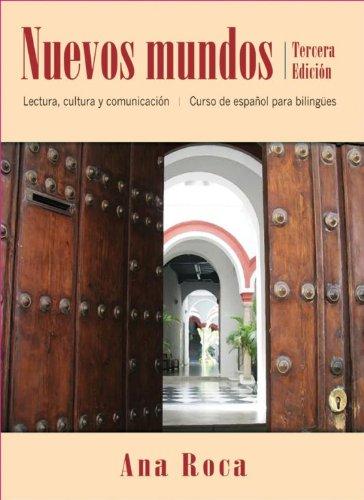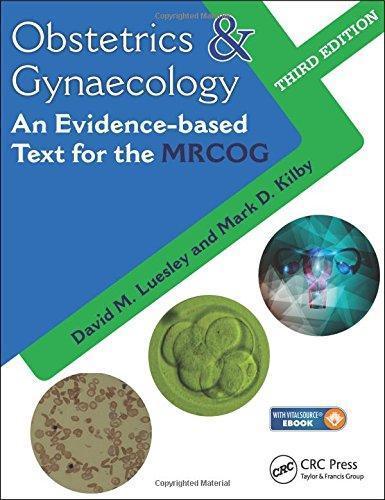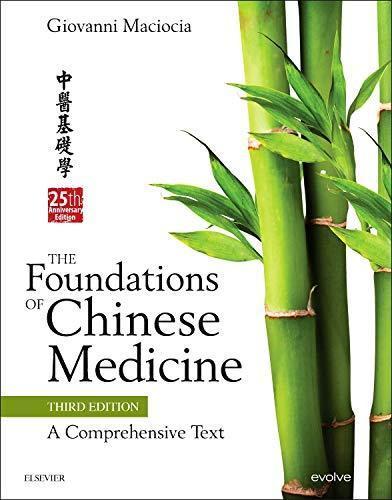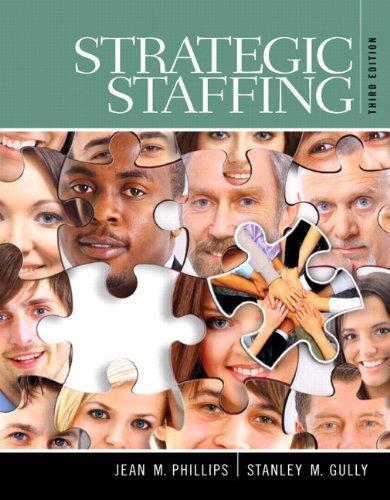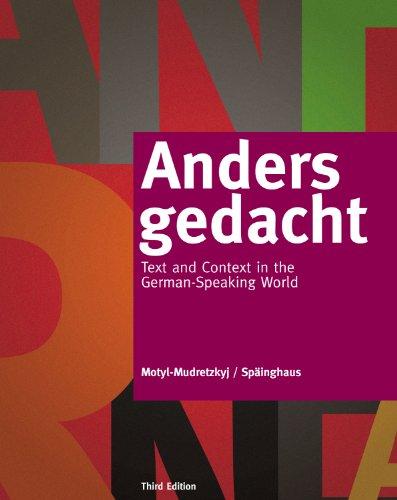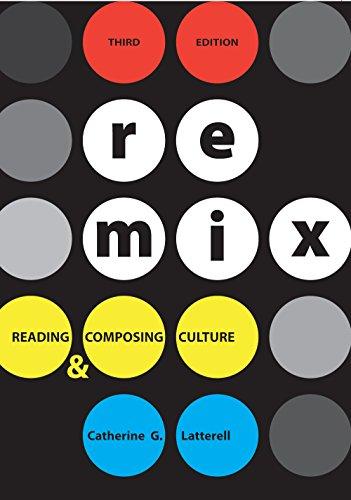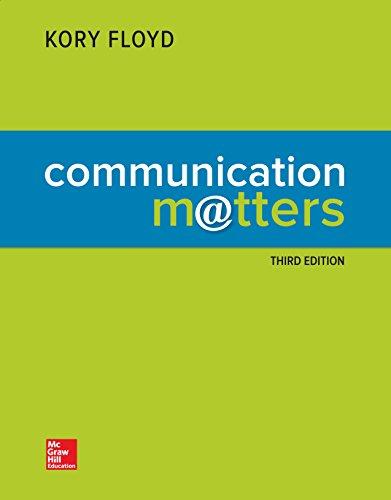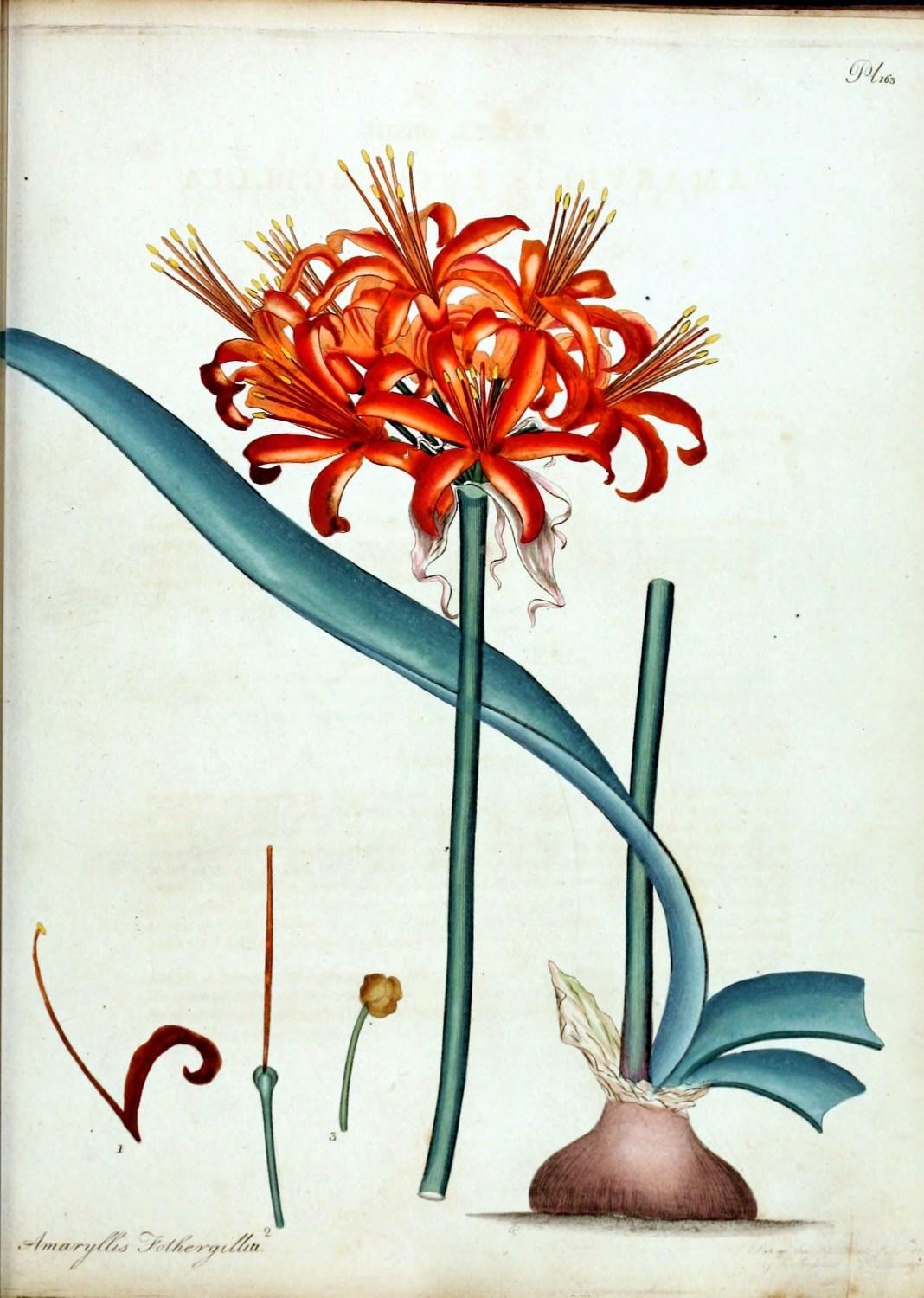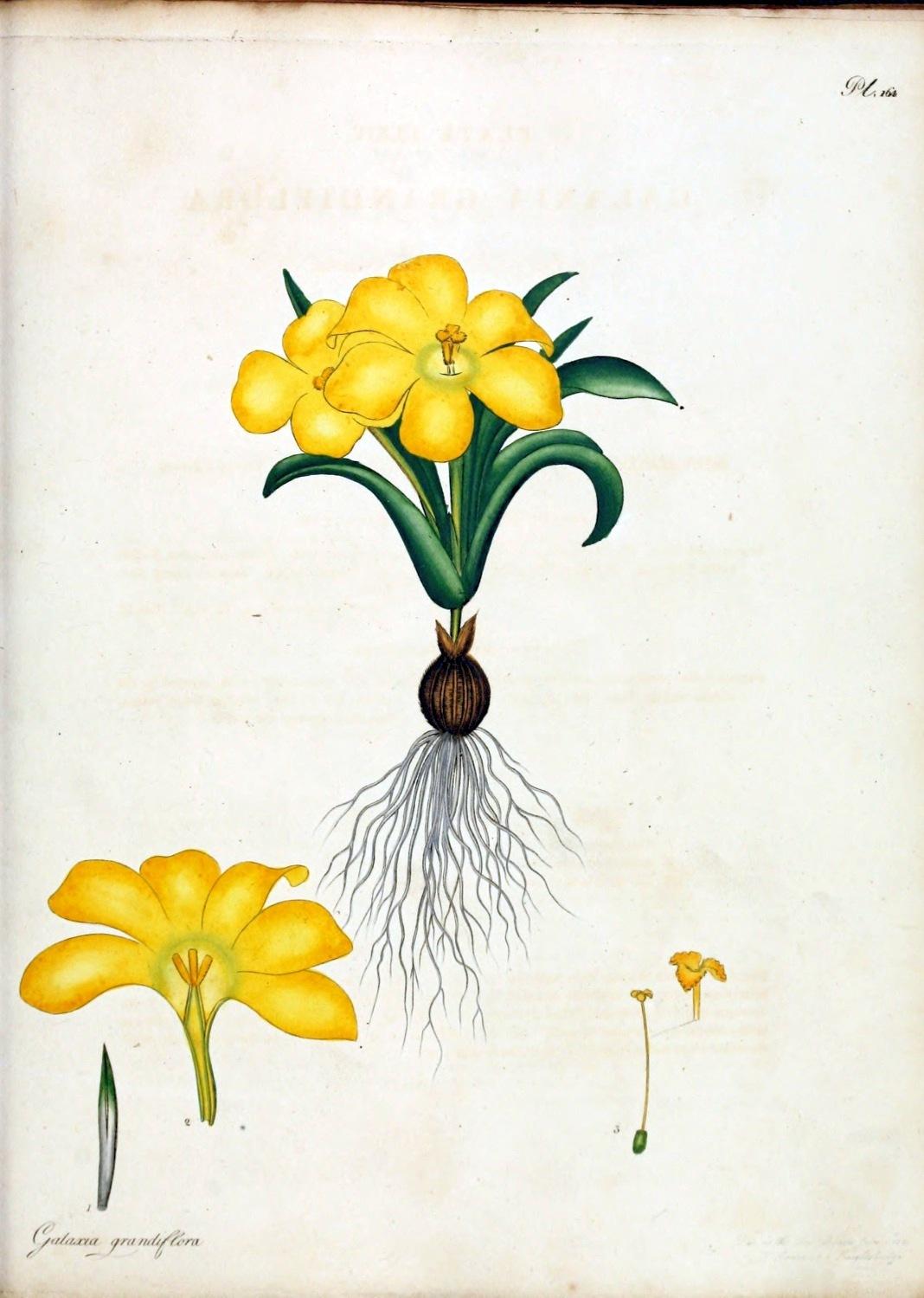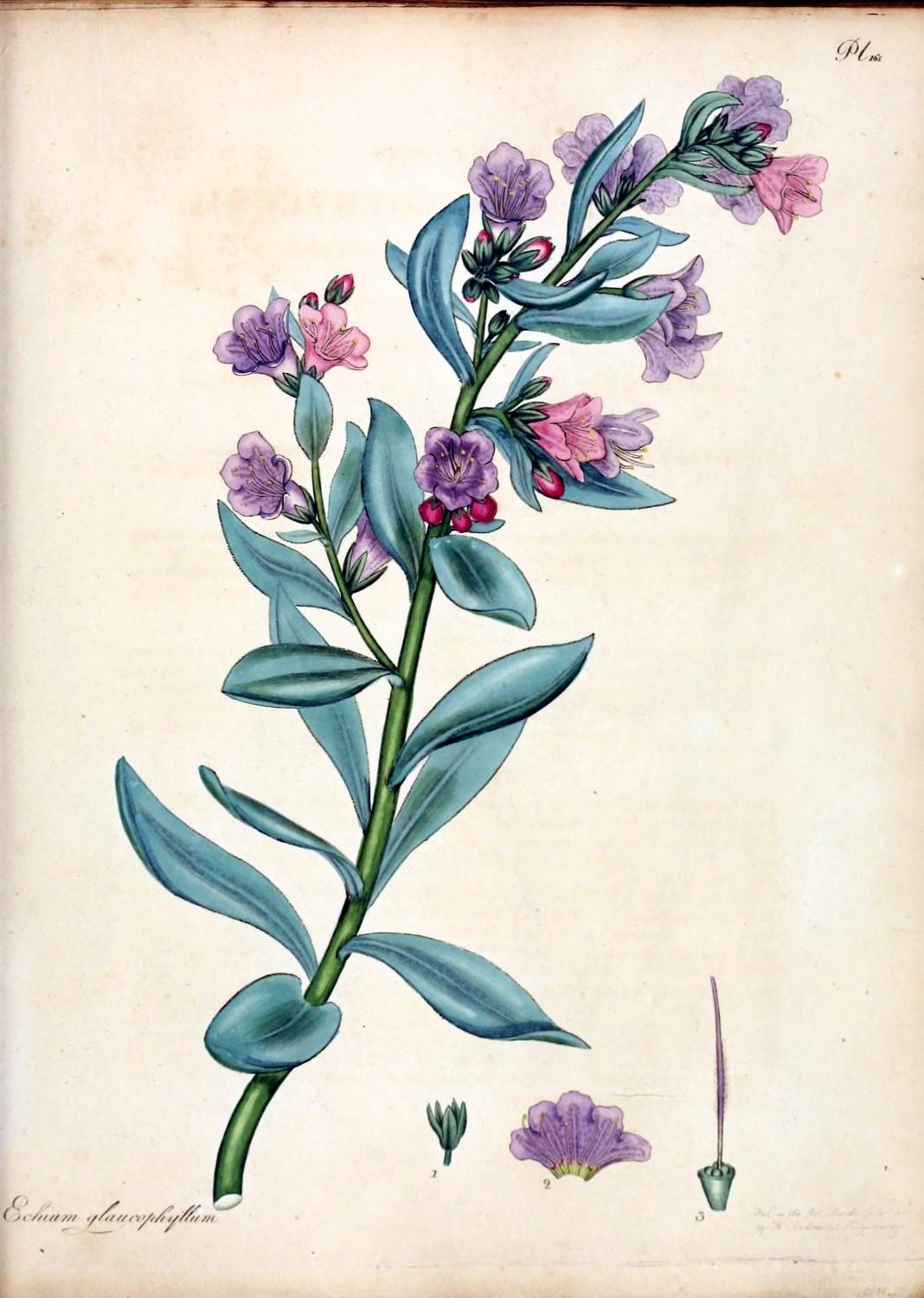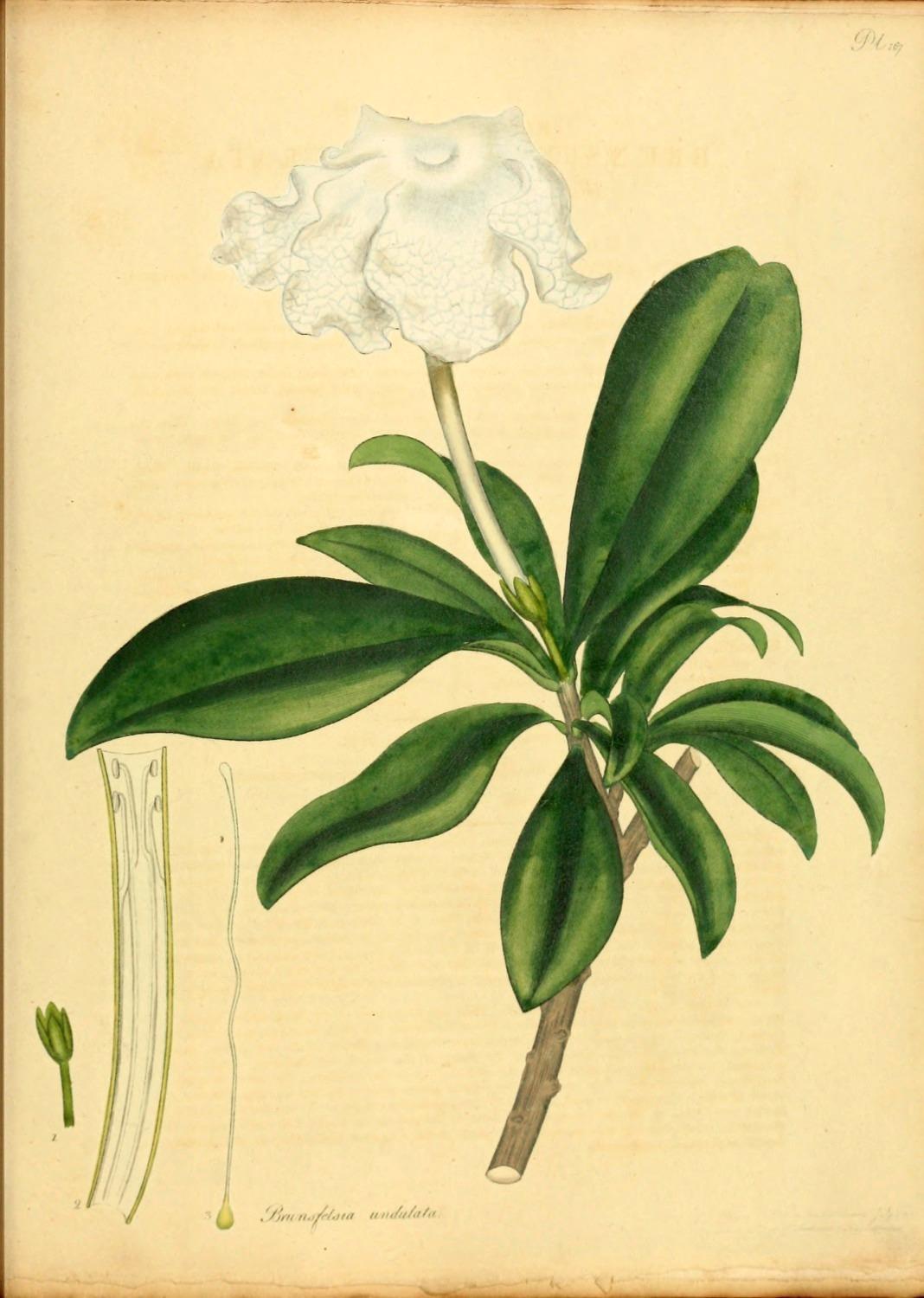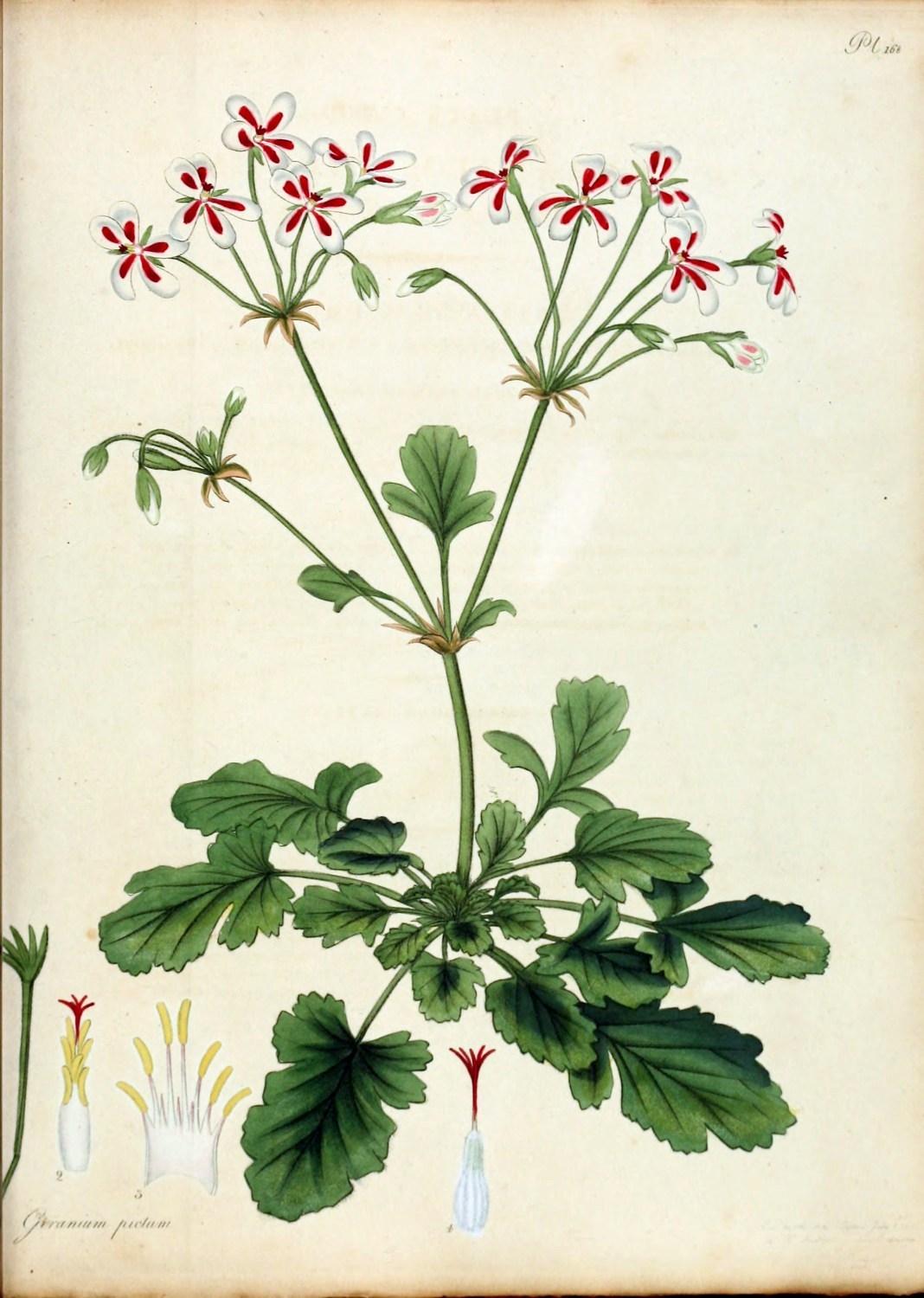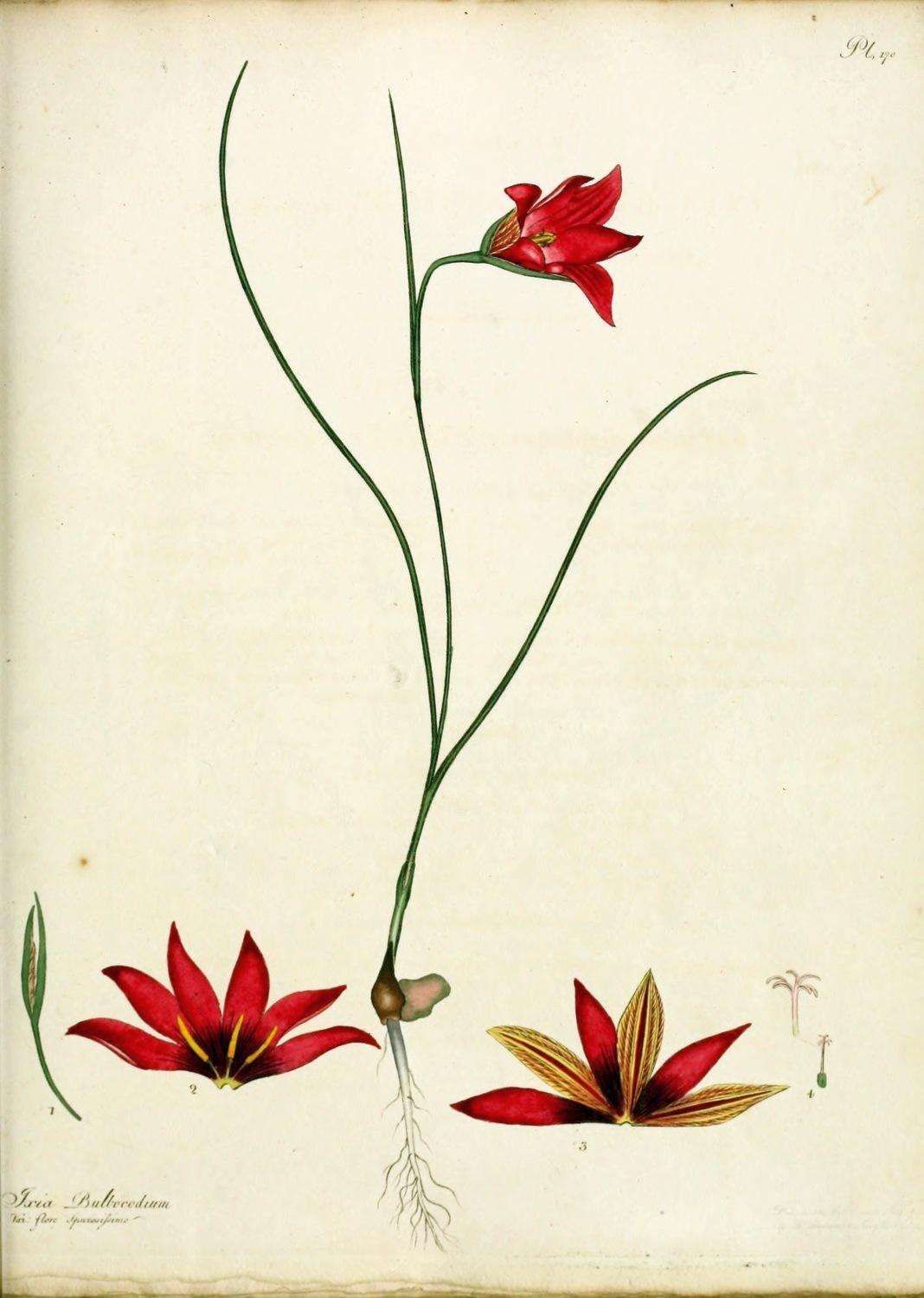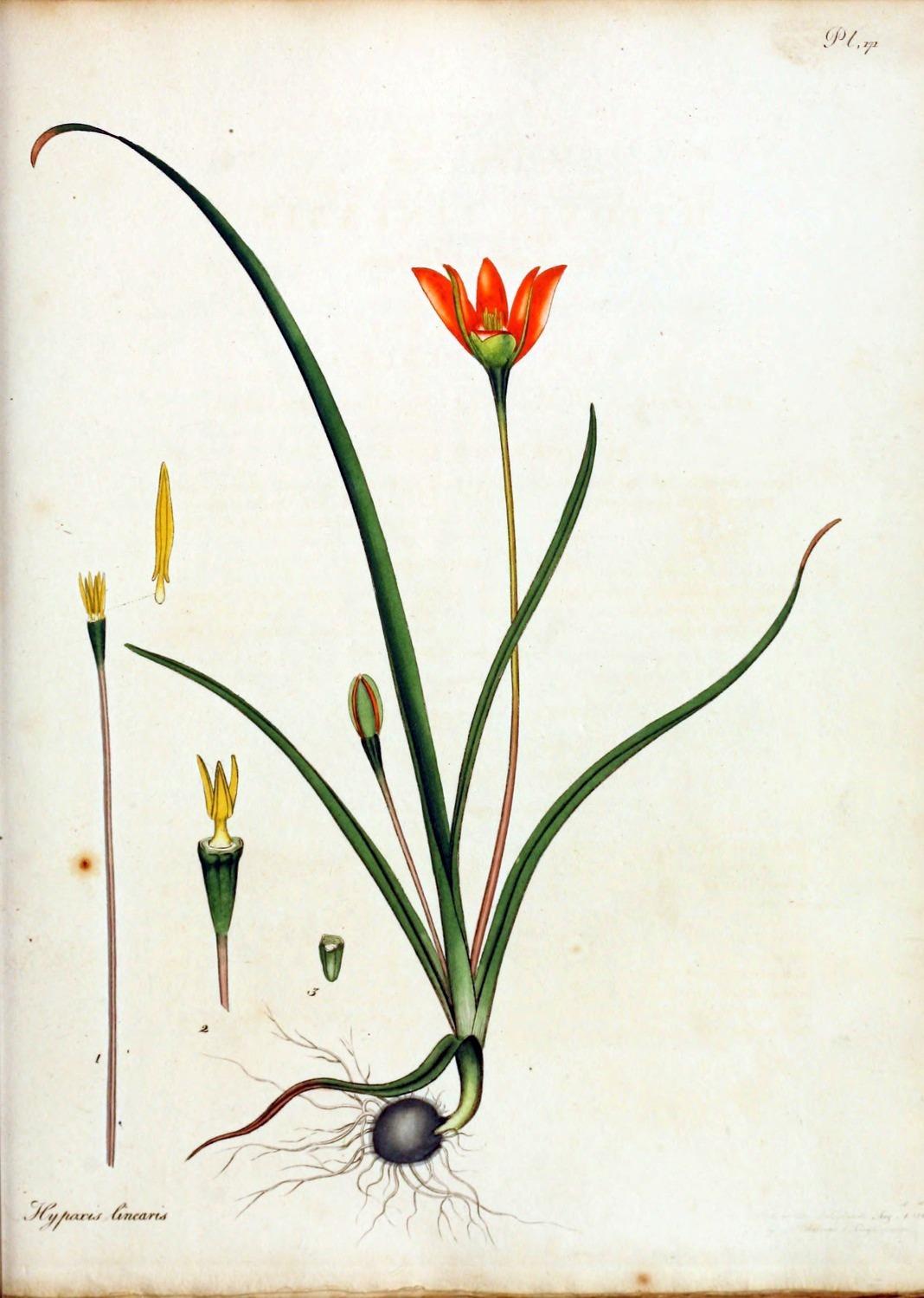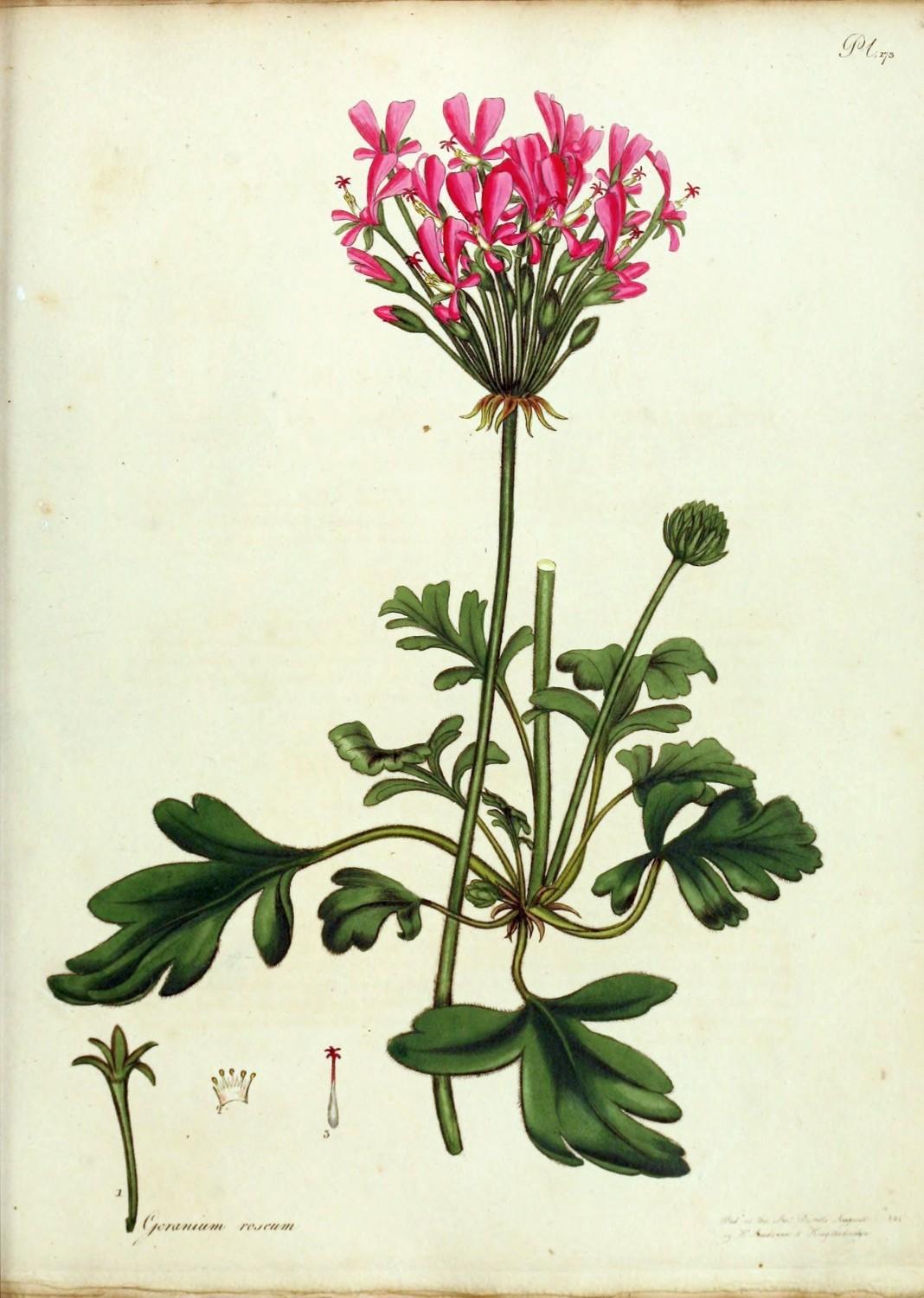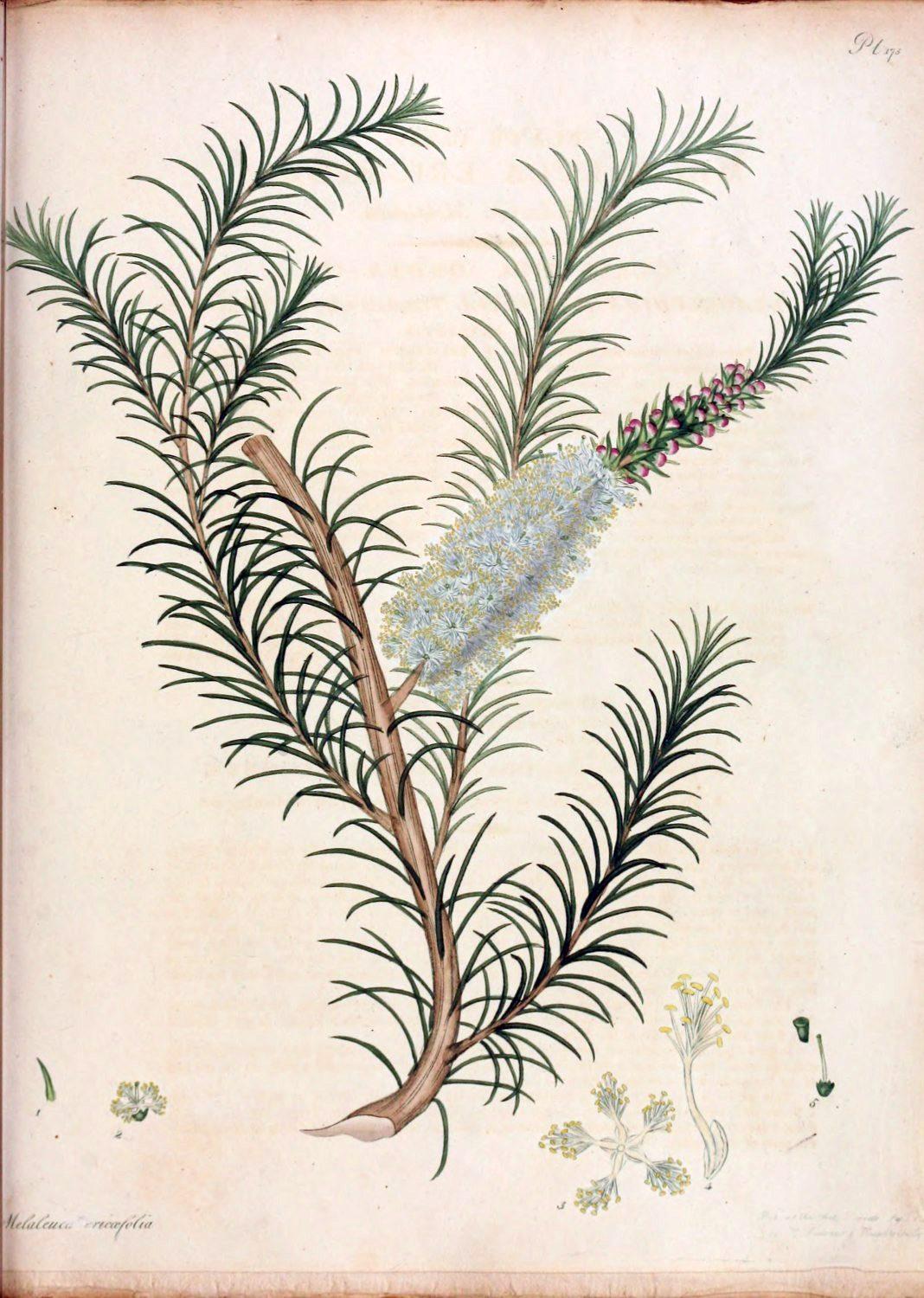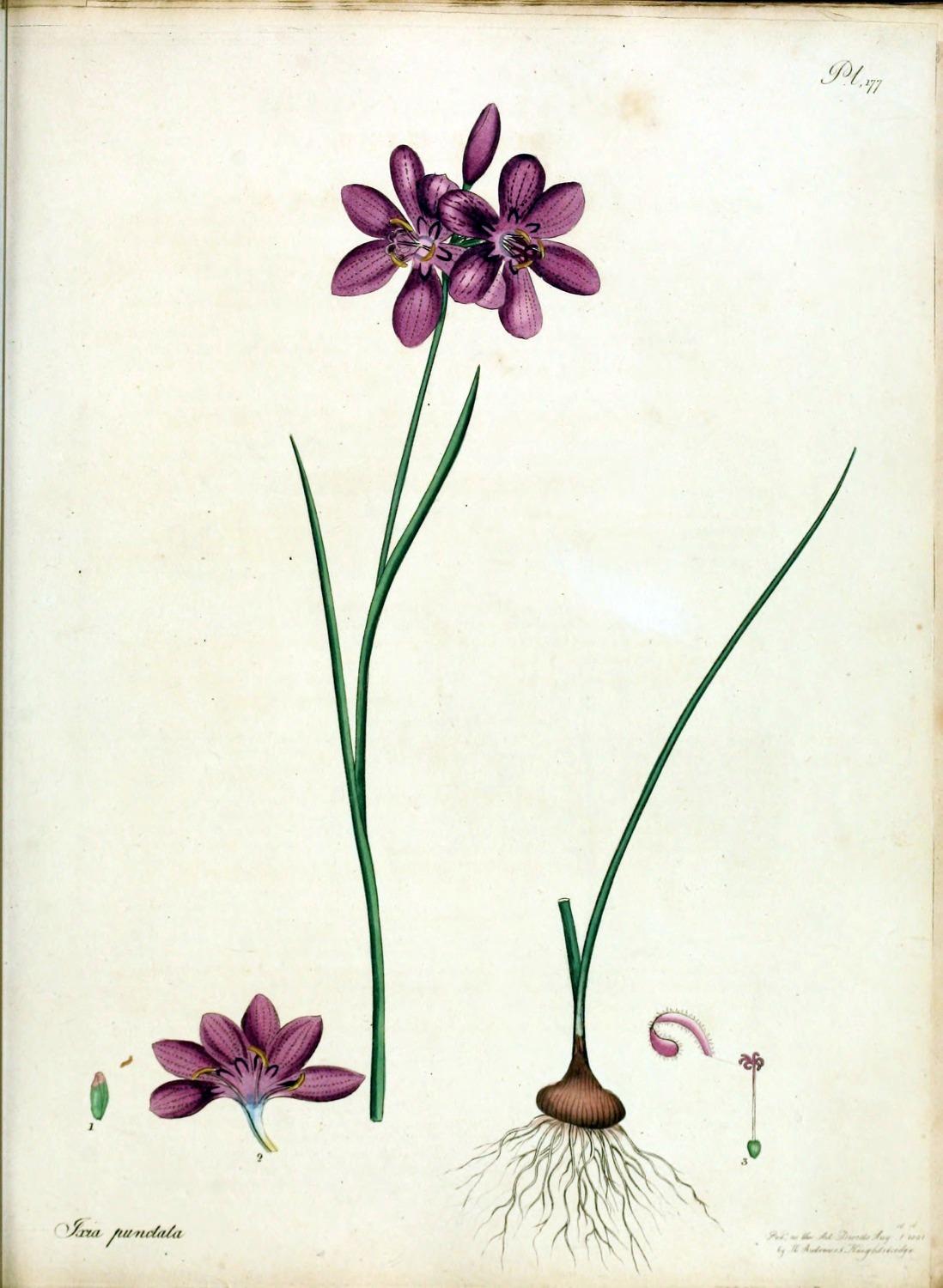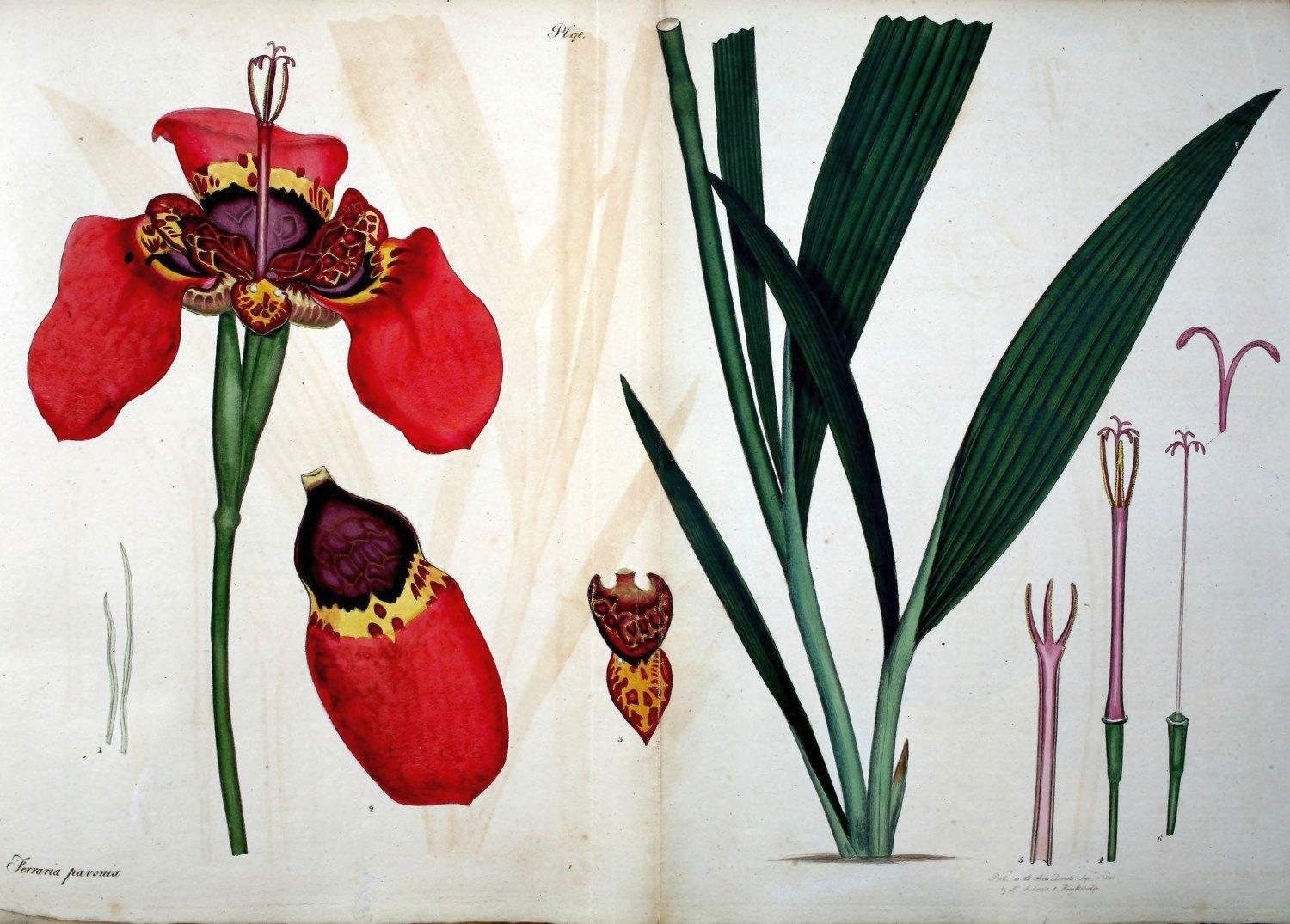Nuevos Mundos 3rd Edition Text 3rd Edition, (Ebook PDF)
https://ebookmass.com/product/nuevos-mundos-3rdedition-text-3rd-edition-ebook-pdf/
Download more ebook from https://ebookmass.com
More products digital (pdf, epub, mobi) instant download maybe you interests ...
Instructional Design, 3rd Edition 3rd Edition, (Ebook PDF)
https://ebookmass.com/product/instructional-design-3rdedition-3rd-edition-ebook-pdf/
Obstetrics & Gynaecology: An Evidence-based Text for MRCOG, Third Edition – Ebook PDF Version 3rd
https://ebookmass.com/product/obstetrics-gynaecology-an-evidencebased-text-for-mrcog-third-edition-ebook-pdf-version-3rd/
The Foundations of Chinese Medicine: A Comprehensive Text 3rd Edition
https://ebookmass.com/product/the-foundations-of-chinesemedicine-a-comprehensive-text-3rd-edition/
Visualizing Psychology, 3rd Edition 3rd Edition – Ebook
PDF Version
https://ebookmass.com/product/visualizing-psychology-3rdedition-3rd-edition-ebook-pdf-version/
Strategic Staffing (3rd Edition – Ebook PDF Version) 3rd Edition – Ebook PDF Version
https://ebookmass.com/product/strategic-staffing-3rd-editionebook-pdf-version-3rd-edition-ebook-pdf-version/
Anders gedacht: Text and Context in the German Speaking World (World Languages) 3rd Edition, (Ebook PDF)
https://ebookmass.com/product/anders-gedacht-text-and-context-inthe-german-speaking-world-world-languages-3rd-edition-ebook-pdf/
ReMix 3rd Edition, (Ebook PDF)
https://ebookmass.com/product/remix-3rd-edition-ebook-pdf/
University Calculus: Early Transcendentals (3rd Edition – Ebook PDF Version) 3rd Edition – Ebook PDF Version
https://ebookmass.com/product/university-calculus-earlytranscendentals-3rd-edition-ebook-pdf-version-3rd-edition-ebookpdf-version/
Communication Matters 3rd Edition, (Ebook PDF)
https://ebookmass.com/product/communication-matters-3rd-editionebook-pdf/

Each chapter of Nuevos mundos contains a brief «warm up», Para entrar en onda, followed by five sections: Conversación y cultura, Lectura, Mundos hispanos, El arte de ser bilingüe, and Unos pasos más: fuentes y recursos. Conversación y cultura is a short, easy-to-understand essay that introduces the chapter theme and offers some activities for class conversation and small-group work. The Lectura section presents students with a selection of readings including poetry, short stories, selections from novels, autobiographies and biographies, and journalistic pieces. Mundos hispanos is a short section about a particular person or a topic of interest related to the reading selections or the chapter theme. El arte de ser bilingüe provides an extended activity requiring that students use their communication skills, either orally or in writing, or both. Sample activities include writing a short autobiographical composition, translating a short narrative, roleplaying, writing an editorial for a newspaper, preparing a resumé, and preparing for a job interview.
Finally, Unos pasos más should be thought of as a brief resource section providing a starting point for further full-class, small-group, or individual activities that may be given as supplementary or extra-credit assignments and practice. This section provides projects based on film review and interpretation, out-of-class readings, library research, community involvement (conducting interviews in Spanish, for example), reporting, and exploration and research through Web sites easily found via links in the Nuevos mundos home page (www.wiley.com/college/nuevosmundos). The text also offers useful appendixes. These include maps, a list of dictionaries, cultural and media resources (films, video, slides, recordings), and useful Web sites in Spanish and English.
It is my hope that instructors will be creative and flexible in using this text, and will incorporate a variety of pedagogical strategies and techniques. There are several models or approaches that I think go well with these materials.Among these are (1) content-based language instruction, also known as integrated language instruction; (2) the theme-based approach (sections evolve around carefully selected topics that should be interesting and relevant to the target audience); and (3) language across the curriculum, since an effort has been made to include subject matter that directly relates to other fields of study, such as political science, history, feminism, anthropology, communications, computer science, and literature.
Cooperative learning, involving group work and interpersonal communication skills, sharing information, and working as a team, is an integral part of the text. Strategies that emphasize meaningful communication (for example, exchanging information, explaining and defending opinions, debating a point or a position, defending one’s stance on an issue in a formal or informal context, writing reading-response journal entries) would be worth experimenting with in multiple ways.
In the last decade we have seen a proliferation of articles and books on theories, approaches, strategies, and techniques, mostly aimed at the second-language learner. And while we have also made significant progress
with regard to teaching Spanish as a heritage language, we still have much to explore both as classroom practitioners and researchers in developing bilingual literacy.1 It is my sincere wish that you find this textbook useful and enjoyable as a starting point from which your students can learn about their cultural and literary heritage, while expanding their bilingual range and their interest in the Spanish language itself.
Ana Roca Department of Modern Languages
Florida International University Miami, Florida 33199
Rocaa@fiu.edu
1For recommended readings on teaching Spanish to bilingual students, see Apéndice D.
This page intentionally left blank
Acknowledgments First Edition
The work of the following scholars has been a beacon for me as I developed the ideas about bilingualism, pedagogy, and heritage language learners that guided me in writing this text: Guadalupe Valdés, Stephen Krashen,Richard V. Teschner, Frances Aparicio, and John M. Lipski.
I am particularly grateful to the colleagues and friends who gave me advice and offered their ideas at various stages of this book’s development: Cecilia Colombi, Isabel Campoy, Librada Hernández, SandyGuadano, Lucía Caycedo Garner, Claire Martin, María Carreira, NoraErro-Peralta, Margaret Haun, ReinaldoSánchez, and Isabel Castellanos. I must also thank my students at Florida InternationalUniversity, who unfailingly provided me with a realistic gauge for registering interest level in the many topics and readings I considered for inclusion in this text.
I am delighted to have had the opportunity to work with the eminently professional and capable staff at John Wiley and Sons: my editor, Lyn McLean, assistant editor Valerie Dumova, photo editor Hilary Newman, photo researcher Ramón Rivera Moret, Karin Holms and the staff in the permissions department, senior production editor Christine Cervoni, copy editor Luz Garcés-Galante, and last, but by no means least, developmental editor Madela Ezcurra, whose dedication, creativity, and eye for detail were invaluable.
I am indebted also to my former graduate assistant, EloyE. Merino, for his contributions and his assistance with most of the preliminary version of the manuscript. My most heartfelt gratitude goes to Helena Alonso, not only for her work on the text, but for serving as my sounding board and rock of Gibraltar throughout the book’s development.
I would also like to express my sincere thanks to the following colleagues who served as anonymous reviewers, offering valuable and constructive suggestions that I have tried to incorporate in the final version: Gabriel Blanco, La Salle University; Maria Cecilia Colombi, University of California at Davis; María C. Dominicis, St. John’s University; Nora Erro-Peralta, Florida Atlantic University; Barbara Gonzalez Pino, University of Texas at San Antonio; Librada Hernández, Los Angeles Valley College; Lillian Manzor,University of Miami; Ximena Moors, University of Florida; Cheryl L. Phelps, University of Texas at Brownsville; and Lourdes Torres, University of Kentucky.
Finally, to my mother, María Luisa Roca, who gave me the gift of Spanish and made sure that I valued, developed, and preserved it, un millón de gracias.
About the Third Edition
Much has happened in the Spanish teaching profession in both heritage and second-language learning at the intermediate and advanced levels of instruction since the publication of the second edition of Nuevos mundos. The teaching of Spanish as a heritage language, for example, has become more visible in our nation’s secondary schools, colleges, and universities as the U.S. Hispanic population also increased significantly since the last Census.
We can point to many endeavors demonstrating how the field has grown, notably: the addition of more academic tracks or programs of Spanish for native speaker courses at many campuses; many more conference presentations at major professional meetings, on topics related to advanced levels of L2 development and heritage instruction pedagogies; a steady and significant number of publications in recognized linguistic and pedagogical journals; special sessions, national surveys, and teacher training activities and institutes, be these through the Center for Applied Linguistics, conferences, or the AATSP, or through publisher professional development workshops, like those John Wiley & Sons organizes for language faculty.
In this third edition, we attempt to take in and implement as much as possible what we have been learning about best practices in the teaching ofSpanish to U.S.Latino students, keeping in mind that both students and instructors need to find and select strategies to become even more engaged in the learning and teaching process itself, and in becoming even better at integrating a content-based approach that works well for both L2 learners and heritage students.
New readings selections and activities in the third edition continue to encourage students to explore, describe, analyze, interpret ideas, debate, and convince another person of a different point of view, doing this in a manner that is informed through considered exercises and activities, class discussions, and suggested resources in Spanish about chapter topics. Content-based instruction and cooperative learning, in a student-centered environment where a classroom community is nurtured and developed during the semester, works best with the ideas behind Nuevos mundos. In sum, in this new edition, more than ever, we hope that the material, and instructors as facilitators, will encourage students to learn to enjoy their new journey, examining aspects of Spanish and Hispanic cultures. In this way, we hope they will read for pleasure and enjoy the power and satisfaction that come with their own expansion of their bilingual range through familiarity with a number of topics related to Hispanic cultures. Through readings, resources, and class activities, we continue to emphasize that students learn while forming and voicing their own opinions in Spanish, on topics that are close to them. Those topics in Chapters 1–4 deal with U.S. Latinos. In Chapters 5–8 we have selected and updated high-interest topics that deal with a wide variety of issues such as the women’s movement, violation of human rights, the environment, refugees and mass immigrations, and
cruelty to animals, as well as language, bilingualism and crossover bilingual artists—and the hope for a better world in future nuevos mundos.
Introductory essays have been updated where necessary, as have the resource materials at the end of each chapter, called Unos pasos más: Fuentes y recursos. This feature serves as a reference tool for both instructors and students within and outside the classroom. We have added an intergenerational individual and class project that students can work on during the first half of the book: In The Abuelos/Abuelas Project, students prepare and conduct an interview of one of their grandparents—or if their own grandfather or grandmother is not available for the multifaceted interview assignment, they «borrow» a senior citizen from a senior activity center, a nursing home, or through a friend or neighbor. New exercises and activities have of course been created for all new reading selections for this edition.
We have replaced many photos and also updated the Apéndices. The same general format and structure for the book have been maintained since it has worked well for the previous editions. We feel that sometimes new editions are changed so much that the book doesn’t seem like the same book anymore. We wanted to maintain the essence of a text that has worked well and enables instructors to use the material in a flexible and creative manner.
I would like to thank my editor, Magali Iglesias, as well as Pepe del Valle, project manager and developmental editor, Lisha Pérez and Leslie Baez, assistant editors, Elena Herrero, our senior developmental editor, MaryAnn Price, my photo editor, Lisa Passmore, for the photo research and everyone else at Wiley associated with the development and production of the third edition. Thanks to Assunta Petrone and the whole Preparé team for their hard work. Thank you also to José Ángel Gonzalo García, of Punto y coma magazine who was so helpful in finding interesting articles for this edition; many thanks to the reviewers who offered their thoughtful comments and suggestions: Ana Ameal-Guerra, University of California, Berkeley; Mónica Cabrera, Loyola Marymount University; Mónica Cantero-Exojo, Drew University; Anne Lombardi Cantu, Tufts University; Roxanne Dávila, Brandeis University; Héctor Enríquez, University of Texas at El Paso; Ronna Feit, Nassau Community College, The State University of New York; Elena García Frazier, University of Massachusetts, Amherst; María Gillman, University of Washington, Seattle; Elena González-Muntaner, University of Wisconsin, Oshkosh; Ornella L. Mazzuca, Dutchess Community College, The State University of New York; Mercedes Palomino, Florida Atlantic University; Rosa Alicia Ramos, Hunter College, The City University of New York; Lourdes Torres, DePaul University; and Celinés Villalba-Rosado, Rutgers University, New Brunswick. I also want to take this oportunity to thank María Carreira, of California State University-Long Beach, and M. Cecilia Colombi, of the University of California, Davis, for everyting they have taught me throughout the years, and for their continued support.
I always welcome ideas, thoughts, corrections, and suggestions from both students and instructors, to take into consideration for future editions. So please feel free to write to me at: rocaa@fiu.edu. Many, many thanks, and enjoy discovering new worlds in Spanish and bilingually!
This page intentionally left blank
Índice
Capítulo Uno
La presencia hispana en los Estados Unidos, 1
Para entrar en onda, 2
I.Conversación y cultura, 3
Hispanos en los Estados Unidos, 3
II. Lectura, 9
En un barrio de Los Ángeles, Francisco X. Alarcón, 10
La hispanidad norteamericana, de El espejo enterrado: Reflexiones sobre España y elNuevo Mundo, Carlos Fuentes, 14
Mi nombre, Sandra Cisneros, 22
Un sándwich de arroz, Sandra Cisneros, 23
Ritmo al éxito: Cómo un inmigrante hizo su propio sueño americano, EmilioEstefan, 27
El futuro del español en Estados Unidos, Jorge Ramos, 35
III.Mundos hispanos, 37
Celia Cruz: ¡Azúcar!, 37
Latinos en Estados Unidos, Titti Sotto, 39
La latinización de Estados Unidos, Jorge Ramos, 42
IV. El arte de ser bilingüe, 45
Composición autobiográfica dirigida, 45
El arte de hacer una entrevista, 45
V. Unos pasos más: fuentes y recursos, 47
Capítulo Dos
Los mexicanoamericanos, 53
Para entrar en onda, 54
I.Conversación y cultura, 55
Las raíces de los mexicanoamericanos, 55
II. Lectura, 58
Se arremangó las mangas, RosauraSánchez, 59
Mi acento (Living with an Accent), Jorge Ramos, 65
Homenaje a los padres chicanos, AbelardoDelgado, 75
Mareo escolar, José AntonioBurciaga, 77
México Cinema: Chiles rojos picantes, RuedaDuque, 81
III.Mundos hispanos, 85
César Chávez, 85
Edward James Olmos, 85
Gael García Bernal, 86
IV. El arte de ser bilingüe, 87
Leer en inglés e interpretar en español, 87
Interpretar en inglés y en español, 88
V. Unos pasos más: fuentes y recursos, 89
Capítulo Tres
Los puertorriqueños, 95
Para entrar en onda, 96
I.Conversación y cultura, 97
Los puertorriqueños de aquí y de allá, 97
II. Lectura, 104
La carta, JoséLuisGonzález, 105
A José Martí, Julia de Burgos, 107
Prólogo: cómo se come una guayaba, de Cuando era puertorriqueña, EsmeraldaSantiago, 109
Ni te lo imagines, de Cuando era puertorriqueña, Esmeralda Santiago, 111
Un, dos, tres: Ricky Martin, Francisco M. Rodríguez, 115
III.Mundos hispanos, 118
Recordando a Raúl Juliá, actor de teatro y cine, 118
La plena: Linda música puertorriqueña, 120
La primera mujer puertorriqueña elegida al congreso, Nydia M. Velázquez, 121
Sonia Sotomayor: el sueño americano,Santos Jiménez, 121
IV. El arte de ser bilingüe, 124
¿Debe ser el inglés el idioma oficial de los Estados Unidos?, 124
V. Unos pasos más: fuentes y recursos, 126
CapítuloCuatro
Los cubanos y los cubanoamericanos, 131
Para entrar en onda, 132
I.Conversación y cultura, 133
Los cubanos y cubanoamericanos, 133
II. Lectura, 139
Mi raza, José Martí, 140
Balada de los dos abuelos, NicolásGuillén, 142
Selecciones de Antes que anochezca, Reinaldo Arenas
La cosecha, 145
El mar, 145
Mariel, 146 Introducción. El fin, 148
Daína Chaviano: Al principio fue la fantasía…, ReinaldoEscobar, 152
III.Mundos hispanos, 156
Pedro Zamora, 156
Pedro José Greer, 159
Yoani Sánchez, 161
IV. El arte de ser bilingüe, 164
Opinión editorial: La Torre de Babel, Belkis Cuza Malé, 164
Espanglish o spanglish: Producto de una nueva realidad, Clara de la Flor, 166
V. Unos pasos más: fuentes y recursos, 170
CapítuloCinco
La herencia multicultural de España, 177
Para entrar en onda, 178
I.Conversación y cultura, 179
España ayer y hoy, 179
II. Lectura, 189
Calés y payos, Juan de DiosRamírez Heredia, 189 Ay, torito bueno: La abolición de los toros a debate, Lázaro Echegaray, 193
Pamplona, Hemingway y PETA, José AngelGonzalo, 196
“Poema XXIX” de Proverbios y cantares, Antonio Machado, 200
La guitarra, Federico GarcíaLorca, 202
Canción del jinete, Federico GarcíaLorca, 202
III.Mundos hispanos, 204
El flamenco, 204
IV. El arte de ser bilingüe, 210
La traducción y la interpretación, 210
V. Unos pasos más: fuentes y recursos, 213
CapítuloSeis
Los derechos humanos, 219
Para entrar en onda, 220
I.Conversación y cultura, 221
Violaciones de los derechos humanos en Latinoamérica: Violencia e injusticia, 221
II. Lectura, 225
Esperanza, ArielDorfman, 226
Pastel de choclo, ArielDorfman, 228
Dos más dos, ArielDorfman, 229
Esa tristeza que nos inunda, Ángel Cuadra Landrove, 230
Canción del presidio político, Ángel Cuadra Landrove, 231
Cuba y los derechos humanos, 231
La escuelita de Bahía Blanca, AliciaPartnoy, 239 Busco a mi hermano, AstridRiehn, 248
Los mejor calzados, Luisa Valenzuela, 252
Espuma y nada más, Hernando Téllez, 254
La ruta de la muerte, Aroa Moreno, 258
III.Mundos hispanos, 263
Caña amarga: Explotación infantil en México, Samuel Mayo, 263
Javier de Nicoló: Padre que ayuda a los gamines de Bogotá, 267
La pobreza y las más de 4,000 maquiladoras en la frontera, 268
IV. El arte de ser bilingüe, 270
La Argentina y el matrimonio homosexual: Una sociedad más igualitaria, Luciana Ferrando, 270
Proclama sobre los derechos humanos, 272
V. Unos pasos más: fuentes y recursos, 274
CapítuloSiete
La mujer y la cultura, 279
Para entrar en onda, 280
I.Conversación y cultura, 281
La mujer y la sociedad en el mundo hispano, 281
II. Lectura, 283
¿Iguales o diferentes? El feminismo que viene, AmandaPaltrinieri, 283
La revolución inacabada, SusanaSantolaria, 288
Nosotras, RosaOlivares, 291
Redondillas, Sor Juana Inés de la Cruz, 295
Selecciones de El dulce daño,AlfonsinaStorni
Tú me quieres blanca, 297
Peso ancestral, 298
Hombre pequeñito, 299
Kinsey Report No. 6, Rosario Castellanos, 300
Mujer y literatura en América Latina (fragmento), Elena Poniatowska, 302
La mujer y los libros, Mercedes Ballesteros, 308
Entrevista: Rosa Montero, Carmen Aguirre y José Ángel Gonzalo, 310
III.Mundos hispanos, 313
Michelle Bachelet, 313
Mercedes Sosa, 316
IV.El arte de ser bilingüe, 318
Breves representaciones teatrales, 318
V.Unos pasos más: fuentes y recursos, 320
Capítulo Ocho
Cruzando puentes: El poder de la palabra, la imagen y la música, 327
Para entrar en onda, 328
I.Conversación y cultura, 329
¡Extra! ¡Palabras, imágenes y música por el Internet!, 329
II.Lectura, 331
Biografía: Chayanne, 332
El futuro del periodismo, John Virtue, 335
Vive tu vida al rojo vivo (fragmento), María Celeste Arrarás, 340
Dos palabras, Isabelle Allende, 347
Botella al mar para el dios de las palabras, Gabriel García Márquez, 355
La lengua común, Mario Vargas Llosa, 357
III.Mundos hispanos, 363
Música sin fronteras, 363
¡Cristina! Confidencias de una rubia, Cristina Saralegui, 366
IV.El arte de ser bilingüe, 368
Cómo preparar una hoja de vida en español, 368
Las librerías y las bibliotecas de su comunidad, 370
V.Unos pasos más: fuentes y recursos, 371
Apéndices
Apéndice A: Recursos del español para profesores y estudiantes, 375
Apéndice B: La red en español y otras direcciones útiles, 379
Apéndice C: Otros recursos: películas, videos y audiovisuales, 381
Apéndice D: Teaching Spanish as a Heritage Language: Recommended Readings, 383
Mapas, 387
Créditos de fotos, 391
Créditos, 393
Índice, 397
Another random document with no related content on Scribd:
